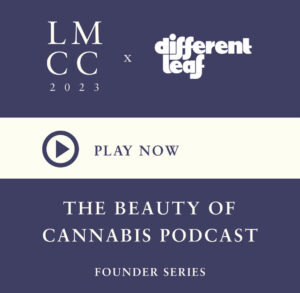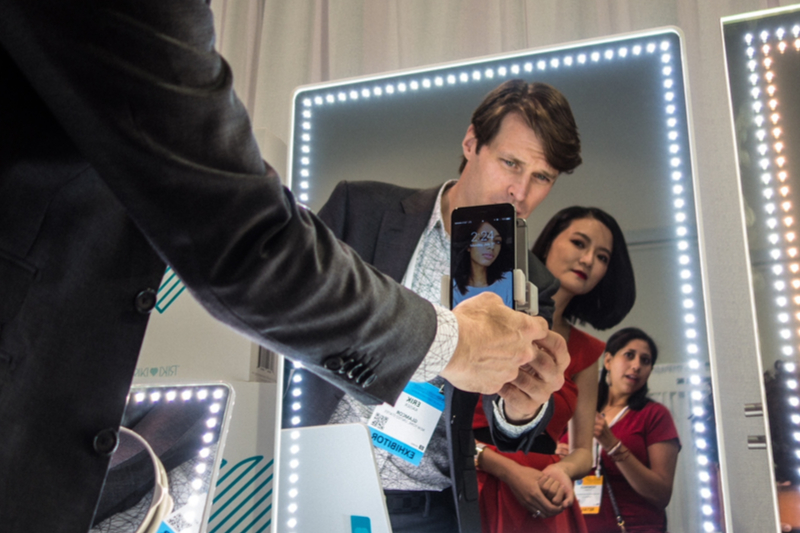Over the past few years, just showing up to a trade show, event, or conference has become less and less effective — if at all — for attendees, brands, sponsors, and especially organizers. We’re now in an era where it’s absolutely essential to create a content-rich digital experience before, during, and after.
You’re planning your big trade show, conference, or event — but do you have a content plan in place? What is your narrative this season?
Bypassing content strategy will ultimately leave your revenue and attendee cupboard bare.
Before Your Event: Create Engaged Audiences
1 – Leverage Your Speaker Programming into Your Storytelling Right Away
Establish the overall editorial narrative for your event before you get started — and once you have your headline speakers booked now’s the time to create IG reels, IG grid posts, and LinkedIn content in order to drive brand exhibitor, retailer, attendee, and sponsor interest.
It’s crucial to combine a trend-savvy editorial narrative, speaker programming, and brand acquisition in order to supercharge your revenue, buzz, and overall industry interest.
2 – B2B Paid LinkedIn Ad Campaigns: Warm Audiences
Build “warm” target audiences by running “custom audience” paid ad campaigns on Linkedin by uploading your opt-in email lists (this means LI connects someone’s profile to their email address) and retargeting visitors who have already engaged with your website. Use your media spend to drive traffic to speaker talks, sell passes, and attract key vendors.
Pro Tip: Linkedin has website remarketing pixels you can place on your site as well as top-notch ABM (“Account-Based Marketing” i.e. lead list) tools
3 – Always build your own email subscriber lists — otherwise you’re beholden to social platforms you have little to no control over when it comes to reach, data, et. al. Properly deployed email marketing & communications is incredibly effective.
4 – Start a Podcast!
A podcast great way to generate excitement for your key brands and partners, and a content-rich experience that lives well beyond the event itself. And with social becoming less and less effective podcasts are an ideal way to distro real-time audio dispatches each day of your event. Listen to this example our team created for The Luxury Meets Cannabis Conference (LMCC).

5 – During: Tease
Each and every day of the show, create, and deliver on-site, real-time teaser-length content and “dispatches” across your podcast, social video, emails, and paid PPC campaigns — always with an eye towards encouraging in-person interactions.
6 – Go Small
There is a serendipity to in-person business experiences — and events in general — that can transform businesses and brands beyond what they ever thought was possible. And the only real way to do this today is to create smaller, immersive event experiences and more exclusive activations that combine incredible energy with the ultimate ROI — creating high-quality relationships and deep conversations in real-time.




